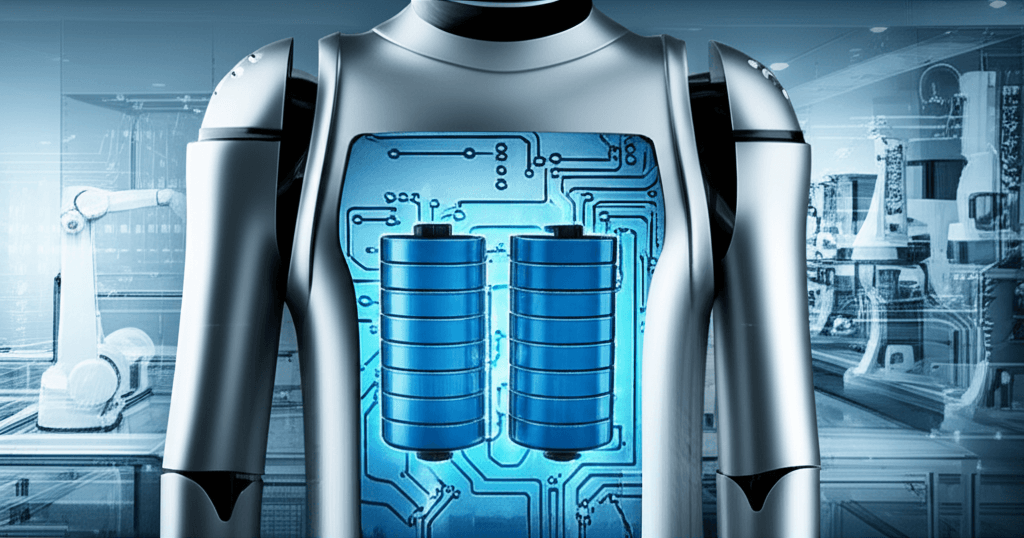Figure AI Unlocks Humanoid Future with 5-Hour Safe, Mass-Producible Battery
Figure AI's revolutionary in-house battery delivers 5-hour performance, pioneering safety, and paves the way for mass-produced humanoids.
July 19, 2025

Figure AI, a prominent robotics firm, has made a significant leap forward in the quest for commercially viable humanoid robots by unveiling a proprietary, in-house developed battery for its F03 humanoid. This new power system is engineered to deliver a five-hour operational runtime at peak performance, a crucial metric for the practical deployment of robots in real-world industrial and commercial settings.[1][2] The development marks a strategic move towards vertical integration, with the company’s founder, Brett Adcock, emphasizing that success is contingent on owning the full technology stack.[2] This approach allows Figure to meticulously engineer and build every core system internally, from actuators to this latest generation battery, ensuring all components are optimized for the specific demands of a humanoid platform.[1][2]
A central pillar of the F03 battery's design is an uncompromising focus on safety and reliability, underscored by the company's pursuit of dual UN38.3 and UL2271 safety certifications.[1][2][3] This is a pioneering effort in the humanoid robotics space, as a specific UL standard for this application did not previously exist.[1] Figure collaborated with an OSHA Nationally Recognized Testing Laboratory (NRTL) to help establish an appropriate UL standard, a process that involved thousands of hours of design and testing against twenty-three primary requirements covering mechanical stress, temperature cycling, and charge-discharge protocols.[1] The UN38.3 certification specifically addresses the safety of transporting lithium batteries, a critical step for global deployment and logistics.[4][5] The company has publicly committed to a safety-first approach, designing the battery system to prevent the emission of flames even in the event of a catastrophic single-cell failure, a feat achieved through proprietary technologies developed over a year of rigorous modeling and testing.[1]
The technical advancements of the F03 battery represent a substantial evolution from Figure's previous iterations. The company reports a remarkable 94% increase in energy density compared to its first-generation battery and a 78% cost reduction from its F02 predecessor.[1][2] This was achieved through novel design strategies, such as creating multi-function components to increase the cell-to-pack ratio, thereby reducing complexity and cost.[1][6] A key innovation is its "structural battery" design, where the enclosure—made of high-strength stamped steel and die-cast aluminum—serves as a structural member of the robot's torso.[1][6] This integration eliminates the need for an external backpack, as seen in the F01 model, saving significant mass and volume at the robot level.[1][6] The 2.3 kWh battery also features a 2 kW fast-charging capability supported by an active cooling system integrated directly into the die-casting, and a custom Battery Management System (BMS) to optimize performance and ensure safety.[1][6]
The in-house development and manufacturing of the F03 battery at Figure's "BotQ" facility are intrinsically linked to the company’s broader ambitions for mass production.[1][2] The battery was specifically designed to support the facility's first-generation manufacturing line, which has a target capacity of up to 12,000 humanoid units per year.[1][2] To achieve this scale, Figure transitioned from complex and costly machining processes to high-volume manufacturing techniques like die casting, stamping, and injection molding.[1][7] This strategic shift not only reduces production time and cost but also mitigates supply chain vulnerabilities, a common obstacle in the robotics industry.[7] By controlling the entire process from design to final assembly, Figure aims to accelerate its development pace and secure a dominant position in the burgeoning humanoid robotics market.[1][7]
In conclusion, Figure AI's unveiling of its F03 battery is more than a simple hardware upgrade; it is a declaration of its strategic vision for the future of humanoid robotics. By prioritizing in-house development, the company gains deep control over the performance, safety, and cost of its core technologies. The five-hour runtime pushes the boundaries of operational endurance for humanoids, bringing them closer to being a practical workforce solution.[1][8] Furthermore, the pioneering pursuit of stringent safety certifications sets a new benchmark for the industry, addressing a critical barrier to widespread adoption in human-centric environments.[1][2] Coupled with a design optimized for mass production, this advanced battery technology positions Figure as a serious contender in the race to deploy autonomous humanoid robots at scale, with significant implications for industries ranging from manufacturing and logistics to warehousing and beyond.[1][9][7]